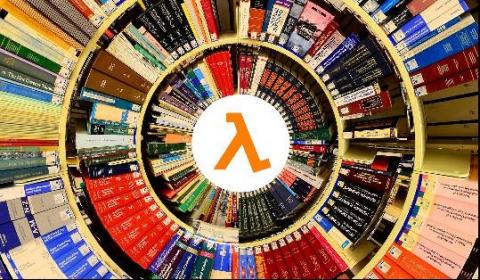Everything You Need to Know About the Splunk Plugin for Grafana
Last week on Slack: Eldin: Hey Christine, do you remember the first time you viewed a log file? Christine: Oh yes. I used Splunk as a support engineer and I remember. You? Eldin: I believe it was early 2000s. I was installing Slackware and a few network cards for a DIY router, and logs were critical. Hello again! We are Eldin and Christine from Solutions Engineering – a team at Grafana that is passionate about connecting people to our products – reporting back for duty.











